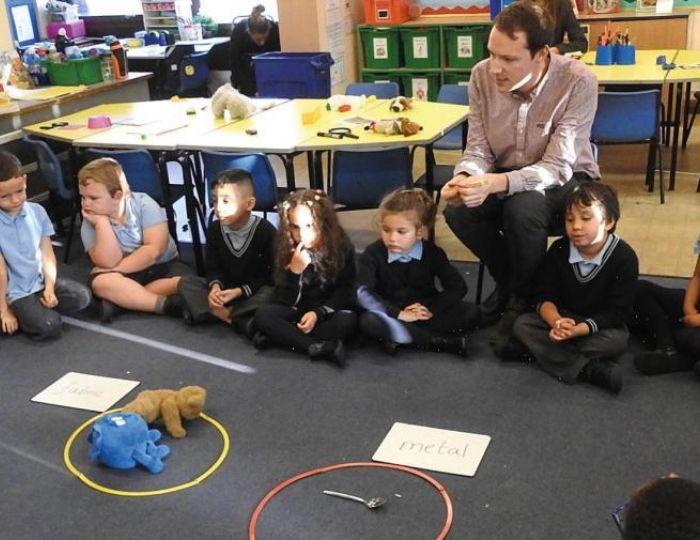Improving schools and bringing on the next generation of teachers and leaders aren’t the sorts of challenges that schools can tackle on their own, so it makes sense for different schools to share their knowledge and resources and work together on addressing them.
The government recognises this too, and has thus put collaboration at the centre of its new strategy for improving rates of recruitment and retention.
It has proposed reviewing the role of teaching schools and establishing new regional teaching school hubs, which will each work with between 200 and 300 schools on developing and delivering effective teacher training, CPD, leadership development and school-to-school support.
The proposals are due to be piloted from autumn, but this model of large-scale collaboration is already working well in some parts of the country, with the Outstanding Leaders Partnership (OLP) – a school-led nationwide organisation of MATs, teaching schools and other school groups – playing its part.
Play to your strengths
With OLP’s support, a group of teaching school alliances in the north west has formed the Warrington Strategic Board to jointly deliver their CPD and school improvement.
“It just makes sense to work closely together, identify where we can pool resources and expertise and play to our individual strengths,” says Louise Smith, CEO of Warrington Primary Academy Trust (WPAT).
“Ploughing your own furrow won’t work, and leads to a duplication of effort, a waste of resources and even competition against each other.”
The Warrington collaboration shares responsibilities for delivering OLP’s National Professional Qualifications for school leaders, and co-operates closely on school improvement, meeting every term as a strategic board to work out their priorities.
But how should school leaders ‘do’ collaboration? According to Caroline Roberts, director of WPAT’s teaching school alliance, leaders should take an open-minded approach to seeking out existing partnerships and teaching schools that share similar values and can demonstrate that they’re using the latest research and evidence.
Collaboration preparation
First of all, however, it’s best to consider whether collaboration is the way you want to go via the following set of questions:
1. Is there an appetite for collaboration?
Think about where your school is now, how outward-looking it is and the extent to which it’s engaged in meaningful networks. What about your team’s culture – are they content to do what they’ve always done, or do they regularly bring new ideas to the table?
2. Where can you improve?
Areas to consider here include the progress of your curriculum planning and what your data is telling you about progress in your school. After conducting phase 1 workload reduction exercises, what will your school workload picture look like?
3. What are your strengths?
Identify your subject knowledge experts and find out whether you have staff with a passion for mentoring and coaching others. Have you trialled any evidence-based programmes that are starting to bear fruit?
4. What’s the local and regional picture?
Which consistently high performing schools in the local area have similar demographics to yours? Reach out to nearby teaching schools and enquire about their area of expertise – which networks and organisations are they plugged into?
They may have connections with Ofsted, School Improvement Boards and the Teaching School Council, all of which will be worth talking to.
Yvonne Gandy is programme director of the National Professional Qualifications at Best Practice Network.










